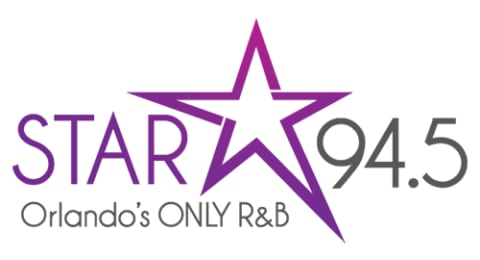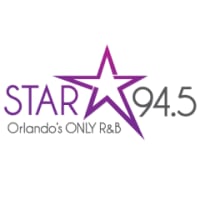As the travels of summer came to an end and kids started going back to school, COVID-19 is once again surging.
The Centers for Disease Control and Prevention said that coronavirus cases around the country are increasing with the primary variant being KP.3.1.1, which is from the omicron version. The variant accounted for between 31% and 43% of the cases in the two week period ending on Aug. 17.
Health officials said positive tests, emergency department visits and hospitalizations are elevated especially for adults 65 and older and children under the age of 2.
The number of emergency room visits started increasing in mid-May in the West and now the South and Southeast have the highest numbers while wastewater activity levels of the virus have been rising over the same period and are currently “very high across most parts of the country,” the CDC said.
In California, the FLiRT COVID surge, which KP.3.1.1 is part of, is showing waste water rates that are higher than those from 2022 in some areas, The Los Angeles Times reported.
“This is a very large surge that we are seeing currently. This is starting to rival, really, what we saw this past winter,” Dr. Elizabeth Hudson, regional chief of infectious diseases at Kaiser Permanente Southern California, told the newspaper.
It doesn’t seem to be ending either.
For the week ending Aug. 12, 14.7% of COVID tests performed came back positive, higher than the 10.6% rate the month prior.
“It’s this confluence of a much more infectious variant on top of folks’ overall immunity having waned — either from natural or vaccine-induced immunity,” Hudson told the newspaper. “It’s just kind of come [as] a perfect storm.”
The CDC predicts that the illness will grow in 25 states, decline in five states and be stable in 17 during the late summer surge, USA Today reported.
The current signs and symptoms of a COVID infection may include:
- Fever or chills
- Cough
- Shortness of breath or difficulty breathing
- Sore throat
- Congestion or runny nose
- New loss of taste or smell
- Fatigue
- Muscle or body aches
- Headache
- Nausea or vomiting
- Diarrhea
Remember, you may have no symptoms, some symptoms or additional ones depending on your vaccination status and what variant you may have, the CDC said.
So what should you do if you test positive?
The CDC adjusted its recommendations, to align it with other respiratory virus guidelines earlier this year.
The CDC now advises you can return to normal activities after 24 hours once symptoms start improving overall, or if you had a fever but have been fever-free without the use of a reducing medication.
You should take additional precautions for five days including “enhancing hygiene practices, wearing a well-fitting mask, keeping a distance from others and/or getting tested for respiratory illness,” the CDC said.
The CDC still recommends that everyone over the age of 6 months get an updated 2024-2025 COVID-19 vaccine. They will be available from Moderna Novavax and Pfizer later this year, the agency said in June.
©2024 Cox Media Group




